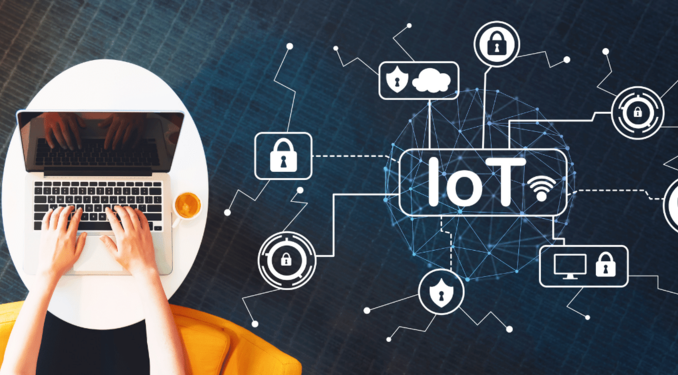
Now in the Internet age, IoT (Internet of Things) plays as a transformative force, altering our relations with both technology and the environment. From smart homes to industrial automation, IoT is taking us into a world where interconnected gadgets communicate seamlessly. All offer tremendous convenience and creativity that have never existed before.This revolution is not just about gadgets; it fundamentally changes our way of life and the world we live in.
The Essence of IoT
At its most basic level, IoT is a connected system of physical devices that embed sensors, software, and other technology to collect or exchange data with each other. These objects can be as simple as a thermostat in your home, a refrigerator or even wearables for fitness tracking all the way up to complex systems within cities and manufacturing plants. What sets IoT uniquely apart is its ability not only to gather real-time information but also (more importantly) to act on this without human intervention.
Transforming Daily Life
Perhaps the most tangible impact of IoT is in our homes. Smart devices, like voice-activated assistants and intelligent thermostats, are now in widespread use. When you wake up to a house that knows what temperatures it should be at, makes coffee for you, and updates your calendar according traffic conditions-— it just feels right. This kind of automation not only saves time; it also enhances convenience and energy efficiency too.
What’s more, IoT goes beyond individual households to create interconnected systems. For instance, smart grids efficiently allocate energy resources, reducing waste and cost. Connected vehicles do more than assist with navigation—they also collect traffic data for better route planning and safety indications. Wearable health devices keep track of vital signs, enabling users to take preventative action in staying healthy.
A Revolution in the Manufacturing Industry Companies are becoming more automated and efficient today, because sensors can monitor equipment conditions and even predict when it will need maintenance. Supply chains are achieving a new level of transparency and flexibility, with goods tracked in real time from production until they are delivered. Retailers integrate their Internet of Things data streams with marketing and product information for personalized sales ads or managing inventories so that cash flow can be improved even while storage costs are reduced.
In addition, healthcare is seeing major changes thanks to sensors. Remote care reduces the number of hospital admissions and mortality rates by having healthcare points intervene at the earliest possible stage. Smart medical appliances have increased the rate of drug compliance while making telemedicine histories available in cases where there are no other options regions. By combining Artificial Intelligence and IoT technology, we are opening up new fields of medical diagnostics medicine research that could lead to treatments that are tailored individually for each patient’s circumstances.
Challenges and Considerations However immense its potential is, IoT comes with its own challenges and thinking points. Privacy and security are two of the main issues that need to be considered as well as a deep subject when we think about all this data being generated by connected machines; it is ripe for hacking attempts. To guard against information security breaches, verify data content integrity and establish more secure access controls is absolutely necessary.
In addition, there are other areas of focus as well. For various IOT platforms, protocols and devices, integration and communication between different systems is still a challenge although solutions are underway. The aims of interoperability being to establish a cohesive-side framework which emphasizes mutual non-interference at all levels; this will of course lead on into innovation and scalability for IoT deployments. The Internet of Things also raises ethical issues concerning how data is used, whether consent has been given, and who owns it. With IoT becoming increasingly omnipresent, it is vital that its practices in utilizing digital information adhere to principles of transparency and responsibility if we are to gain or maintain users’s trust stake holders.
Prospects for the Future As we look to the future, the IoT landscape is positioned for great growth and change. The fusion of IoT with 5G wireless networks, edge computing and some emerging technologies in artificial intelligence will lead us into new areas. In particular, edge computing will offer lower latency and greater computational power, facilitating decision-making on the spot with the Internet of Things in a way that was never possible before.
Whether smart cities can bring those benefits to the mass of the population is not yet clear. Complete these summaries in 150 words or less.